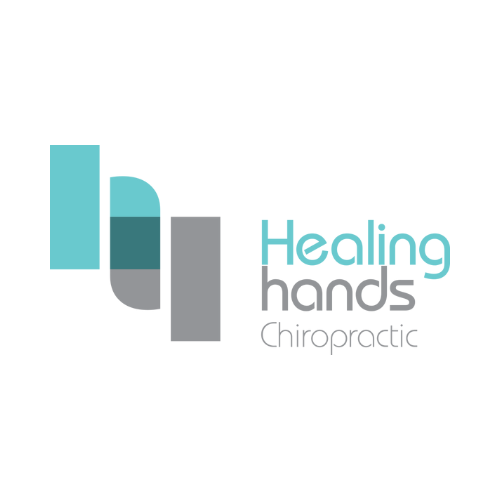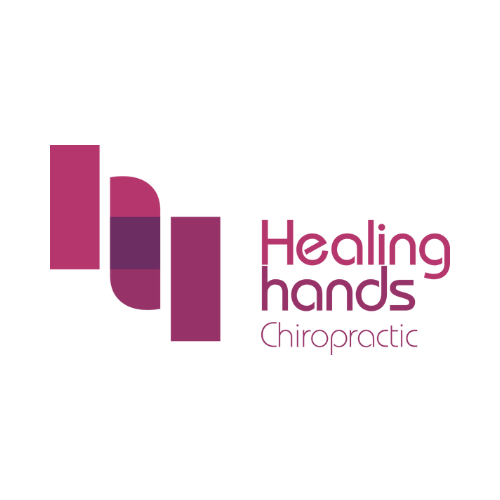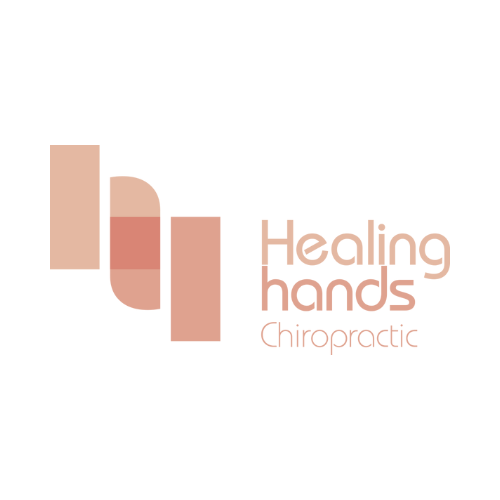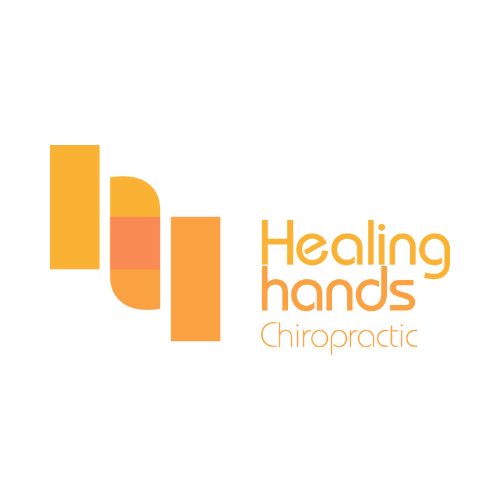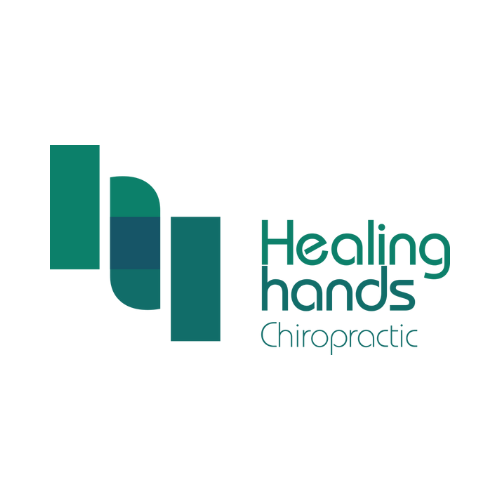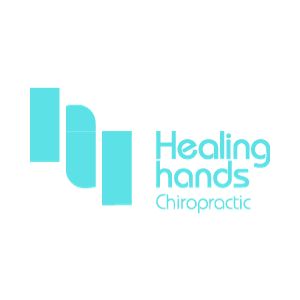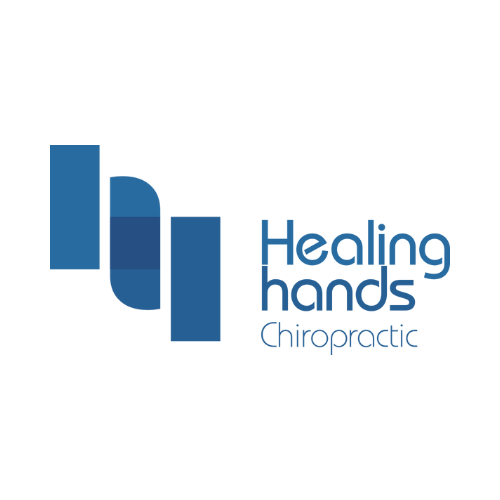Headaches & Migraines
What are headaches & migraines?
Headaches and migraines are among the most common complaints, and most people will experience them at some point in their lives. When there is pressure or pain in your head, it can be difficult to tell whether you are experiencing a typical headache or a migraine. Chiropractic headache treatment in Singapore can be an effective solution for alleviating the pain caused by these conditions.
A headache is a common pain in the head that can be caused by a variety of factors, including stress, tension, allergies, and illness.
Migraines are a type of headache that are more severe and can be accompanied by other symptoms, such as nausea, vomiting, and sensitivity to light and sound.
Headaches & Migraines Fact!
- The World Health Organization (WHO) reports that 50% of all adults worldwide will experience headache in any given year.
What are the symptoms of headaches & migraines?
Both headaches and migraines can cause pain in your head, but they have different characteristics. Consulting a headache and migraine specialist can help you differentiate between the two. Here are some typical symptoms of each:
Headaches:
- A constant ache or pressure around the head, particularly at the temples or back of the head and neck.
- Not usually associated with other symptoms.
- The pain is usually bilateral (on both sides of the head).
- The pain does not worsen with physical activity.
- The pain is often described as feeling like a tight band around the forehead or at the back of the head.
Migraines:
- Throbbing or pulsating pain, usually on one side of the head.
- Pain that worsens with physical activity.
- Nausea or vomiting.
- Sensitivity to light, sound, and sometimes smell.
- Some people may see shapes or bright spots (aura) shortly before the migraine starts. This is called a “classic migraine”.
- Some migraines can be accompanied by other neurological symptoms (such as visual disturbances, vertigo, speech disturbances) – these are known as “complicated migraines”.
- Migraines can last from 4 hours to 3 days, or even longer.
Remember that not everyone will experience all of these symptoms, and they can vary in severity and duration. If you are experiencing severe or frequent headaches or migraines, you should seek medical attention to determine the cause and appropriate treatment, such as consulting a chiropractor.
What are the complications from headaches & migraines?
Chronic daily headaches: If a person has a headache on 15 or more days a month for longer than three months, they are considered to have chronic daily headaches. This condition can be caused by a variety of factors, including stress, poor sleep, or overuse of headache medication.
Medication-overuse headaches: Overuse of pain relief medication can lead to rebound headaches. This is when the medication eventually wears off and stops relieving the pain, causing headaches to arise.
Headaches:
Chronic daily headaches: If a person has a headache on 15 or more days a month for longer than three months, they’re considered to have chronic daily headaches. This condition can be caused by a variety of factors, including stress, poor sleep, or overuse of headache medication.
Medication-overuse headaches: Overuse of pain relief medication can lead to rebound headaches. This is when the medication stops relieving the pain and begins to cause headaches.
Migraines:
- Chronic migraines: Like chronic headaches, chronic migraines occur 15 or more days a month for at least three months. This condition can severely affect a person’s quality of life.
- Status migrainosus: This is a serious and rare type of migraine that lasts for longer than 72 hours. It may require hospitalisation due to prolonged pain and severe dehydration from vomiting.
- Persistent aura without infarction: Auras usually start before the migraine and last about an hour. However, in some cases, aura symptoms can last for a week or more. This condition is often characterised by visual disturbances.
- Migrainous infarction: This is a very rare type of migraine where aura symptoms lead to a stroke.
- Serotonin syndrome: This is a rare, potentially life-threatening condition that can occur if medications to treat migraines, such as triptans, and certain other drugs (including some antidepressants) are taken together. It requires immediate medical attention.
The repeated episodes of migraines and headaches can also lead to depression, anxiety, sleep disorders, and other psychological problems. Work and family life may suffer, and chronic headaches can lead to financial hardship due to missed work days and medical expenses. Seeking a chiropractor for chronic migraine relief can help manage and reduce the intensity and frequency of these debilitating headaches.
The common causes of headaches & migraines:
Headaches and migraines, while sharing the commonality of causing discomfort and pain, can be triggered by a diverse range of factors. Headaches are often tied to lifestyle elements such as stress, dietary choices, and sleep patterns, among others. On the other hand, migraines, though influenced by similar factors, seem to have a deeper connection with more intrinsic aspects, such as hormonal changes and genetic predisposition.
Headaches can be triggered by a variety of factors, including:
Stress, anxiety, and depression
Lack of sleep or changes in sleep patterns
Skipping meals or fasting
Dehydration
Certain foods or drinks, such as those that contain nitrates or MSG
Alcohol, particularly red wine
Too much caffeine or withdrawal from caffeine
Poor posture or strain on the neck or back
Certain medications, including those for depression, high blood pressure, and oral contraceptives
Overuse of over-the-counter pain relievers
Glaucoma, sinusitis, flu, or other infections that involve the head
Temporomandibular joint (TMJ, jaw) disorders
Migraines have more specific triggers, although the exact cause of migraines is not yet fully understood. They seem to be related to changes in the brain, and genetics and environmental factors appear to play a role. Migraine triggers can include:
- Hormonal changes in women, particularly fluctuations in estrogen levels during menstruation, pregnancy, or menopause
- Certain foods and drinks, including aged cheeses, alcohol, caffeine, and foods containing MSG or aspartame
- Stress and anxiety
- Sensory stimuli, such as bright lights, sun glare, loud sounds, or strong smells
- Changes in sleep patterns, including too much or too little sleep
- Intense physical exertion, including sexual activity
- Changes in the weather or barometric pressure
- Certain medications, such as oral contraceptives or vasodilators
- Skipping meals or fasting
These are general triggers and causes. The specific triggers can vary greatly from person to person, and some people may have multiple triggers. If you have frequent headaches or migraines, it might be helpful to keep a headache diary to identify potential triggers so you can avoid them in the future.
However, if you have severe or frequent headaches or migraines, you should consult with a chronic headache specialist in Singapore.
Do I need to see a doctor for headaches & migraines? When should I see a doctor?
In many cases, occasional headaches or migraines don’t require a doctor’s care and can be managed with over-the-counter pain relievers and lifestyle changes. However, it is important to see a healthcare provider if you experience any of the following:
- Your headache patterns or pain changes. This includes if your headaches become more frequent or severe, if the location of the pain changes, or if the pain wakes you up at night.
- Your headaches are accompanied by other symptoms, such as confusion, dizziness, fever, intense neck pain, visual disturbances, difficulty speaking, or weakness, numbness, or tingling in your arms or legs.
- You have a sudden, severe headache, which could be a sign of a serious condition, such as stroke.
- Your headaches are affecting your quality of life, causing you to miss work or school, or preventing you from participating in normal activities.
- Over-the-counter pain relievers are not helping or you are needing to take them more often than recommended.
Even if your headaches are not severe, regular check-ups can help your doctor monitor your condition and adjust your treatment plan as needed. It is also worth mentioning that if you find yourself relying on over-the-counter medications more than two days a week, it is a good idea to consult with a healthcare provider. Overuse of these medications can sometimes lead to “rebound headaches” or medication-overuse headaches, a situation in which the medication ends up contributing to the headache problem rather than relieving it.
If you experience migraines, a healthcare provider can often help you find a preventive strategy to reduce the frequency and severity of the migraines, which can significantly improve your quality of life. Treatment often involves a combination of medication and lifestyle changes.
What are the treatments for headaches & migraines?
The treatment for headaches and migraines largely depends on the type, frequency, and severity of the episodes, as well as the person’s overall health.
Headaches:
- Over-the-counter (OTC) pain relievers: Non-prescription drugs such as aspirin, ibuprofen, or paracetamol are often effective in reducing or eliminating headaches.
- Prescription medications: If OTC drugs are not effective, your doctor might prescribe stronger pain relievers or muscle relaxants.
- Preventive medications: If headaches are frequent or severe, your doctor might recommend daily medication to reduce the frequency and severity of headaches. These could include certain types of antidepressants, anticonvulsants, or beta blockers.
- Lifestyle modifications: Regular sleep, exercise, and a healthy diet can help prevent headaches. Avoiding known triggers, such as certain foods or stress, can also help.
- Behavioral therapies: Techniques such as cognitive behavioral therapy, relaxation training, or biofeedback might be recommended, particularly if you have chronic headaches.
- Chiropractic treatment: Chiropractors would usually treat headaches with spinal manipulation or adjustments. Misalignments in the spine can lead to headaches, and by correcting these alignments, the frequency and intensity of headaches can be reduced. In addition, chiropractors might provide advice on posture, ergonomics, exercises, and relaxation techniques, which can help alleviate the joint irritation and muscle tension that can lead to headaches.
Migraines:
- Pain-relieving medications: These are taken during migraine attacks to stop symptoms that have already begun. They include pain relievers like aspirin or ibuprofen, as well as triptans (such as sumatriptan and rizatriptan), ergots, and anti-nausea medications.
- Preventive medications: These are taken regularly, often daily, to reduce the severity or frequency of migraines. These can include cardiovascular drugs (beta blockers, calcium channel blockers), certain types of antidepressants, anticonvulsants, and Botox injections.
- Lifestyle modifications: Similar to headache management, maintaining regular sleep patterns, regular exercise, a healthy diet, and avoiding known triggers can help reduce the frequency and severity of migraines.
- Behavioral therapies: Cognitive behavioral therapy can also be beneficial for migraine management.
- Chiropractic care: To treat migraine, chiropractors can provide spinal manipulation, particularly of the neck. Some studies suggest that chiropractic manipulations may be as effective as medications in reducing the frequency and intensity of migraines in some people. A chiropractor might also provide advice on diet, nutrition, and stress management, all of which can be migraine triggers.
There are also newer treatment options, such as the calcitonin gene-related peptide (CGRP) inhibitors, which have been specifically developed for preventing migraines.
Always remember that it is important to discuss with a healthcare provider to find the most appropriate treatment for your situation. Overuse of both prescription and over-the-counter medications can lead to side effects such as “rebound headaches”. Your doctor can help you avoid this problem by monitoring your medication use.
Is chiropractic treatment good for headaches & migraines? Should I see a chiropractor?
Chiropractic treatment can be a useful option for people suffering from headaches and migraines, particularly if their symptoms are related to muscle tension or misalignments in the spine. Some studies have suggested that chiropractic treatment, especially spinal adjustments, can help reduce the frequency and intensity of headaches and migraines.
Chiropractic care generally focuses on the body’s structure (primarily the spine) and function, and how that relates to overall health. Chiropractors can provide advice on posture, ergonomics, exercises, and relaxation techniques, as well as offer nutritional counseling, which could potentially help reduce headache and migraine triggers.
At Healing Hands Chiropractic Singapore, our primary goal is to get to the root of the issue and handle it with precise non-invasive techniques that help relieve pain. We aim to restore patients’ health and enhance their quality of life. If you are looking for a chiropractor, get in touch with us for a thorough consultation and find the best solution for your pain relief.
Healing Hands Chiropractic has been in the industry for 15 years and has a team of experienced chiropractors dedicated to helping patients with pain relief and management. We strongly believe in our three core values, Care For Patients, Integrity, and Attention To Detail.
Why Choose Us?
With 15 years of experience, Healing Hands Chiropractic boasts a skilled team of chiropractors focused on providing pain relief and management. We offer holistic and effective solutions to alleviate pain and discomfort. As one of the most highly reviewed chiropractic clinics in Singapore, Healing Hands Chiropractic is trusted by many, with over 1600 five-star reviews and genuine before-and-after patient photos for proven results. You can count on us for your health and well-being!
Get Rid of the pain today
Want To Have a Healthier and Happier life?
Book Your Appointment Today!
What To Expect During Your First Visit
We assess your posture to identify imbalances, noting any deviation of various body parts from the head down to the feet. The Tyron thermographic spinal scan measures temperature along the spine, highlighting areas with higher activity indicating possible dysfunction.
You will have one-on-one consultation with our chiropractor, who will thoroughly review your health history. Our chiropractor will assess your situation and guide you on the necessary steps to reach your health goals.
Our Chiropractors will conduct a series of tests to evaluate your current physical condition. If clinically safe, an adjustment will be performed.
Using their hands or an instrument, our chiropractors will apply a controlled force to spinal joints. A “pop” or “crack” sound may occur during the adjustment as trapped gases are released from the joints—this is completely normal.
X-rays may be recommended for accurate diagnosis and to create a personalised treatment plan. This step is also for your safety to rule out any underlying conditions that cannot be treated with chiropractic care. A follow-up X-ray review is complimentary if you opt for the X-rays through our preferred diagnostic partners.
Frequently Asked Questions
A chiropractor offers non-invasive treatments to enhance body function and improve system performance by realigning joints via spinal adjustments. Chiropractors believe in the body’s natural ability to self-heal through chiropractic adjustments, aided by tools such as the flexion distraction therapy, E-stim, Denneroll, and functional exercises. They may also use other modalities like ultrasound and bodywork to support recovery.
It is advisable to consult a chiropractor if you experience discomfort, pain, or muscle/joint aches. Chiropractic care can help even if you are not yet feeling pain or numbness—pain is often the last symptom to appear but the first to resolve with chiropractic treatment.
Chiropractic adjustments are generally painless. However, during the recovery process, muscles or ligaments might be sensitive, especially with acute or sub-acute injuries, and therefore may be susceptible to some discomfort. A thorough examination will help address any concerns.
The thermographic scan is a safe and precise tool that scans the full spine or specific spinal sections in 15 seconds. It detects asymmetries and temperature changes related to soft tissue damage. The scan uses specialised sensors and lenses to provide the chiropractor with the most accurate data, and you will receive a printout of your results on your first visit.
X-rays are recommended to get to the root cause of your condition and ensure your safety. They provide valuable insights into your spinal health, helping the chiropractor assess your condition more thoroughly than visual examination alone. X-rays also help rule out underlying issues that chiropractic treatment might not be able to address.
Chiropractors apply controlled force to spinal joints using their hands or an instrument in order to correct any misalignment or dysfunction present in the spine. This may produce a “pop” or “crack” sound as the joints are adjusted, which is normal and occurs when trapped gases are released from the joints.
Yes, we have both male and female chiropractors at Healing Hands Chiropractic Singapore. All of our chiropractors practice personalised care with a focus on patient attention, integrity, and attention to detail.
Yes, neck adjustments are safe when performed by trained chiropractors who use the correct techniques. At Healing Hands, we ensure that neck adjustments are clinically appropriate before performing them. This is one reason why X-rays are recommended before treatment, ensuring your body is ready for it.
Chiropractic care offers pain relief and improved joint mobility. While some may have concerns about the safety of chiropractic adjustments, It is considered safe and effective for acute pain relief when administered by a skilled chiropractor. At Healing Hands Chiropractic Singapore, we have successfully treated thousands of patients since 2010, helping many regain their health.
Choosing the right chiropractor can be challenging with 150 chiropractors in Singapore. To find the best fit for you, consider:
- Understanding your health goals.
- The chiropractor’s integrity and confidence.
- Reviews or word of mouth.
- Clinical experience and competency.
- The chiropractor’s willingness to refer out when necessary.

How can Healing Hands Chiropractic Help?
Our primary focus at Healing Hands Chiropractic Singapore is to identify the root cause of your issue and address it with precise, non-invasive techniques that relieve pain and promote the fastest, most complete recovery.

